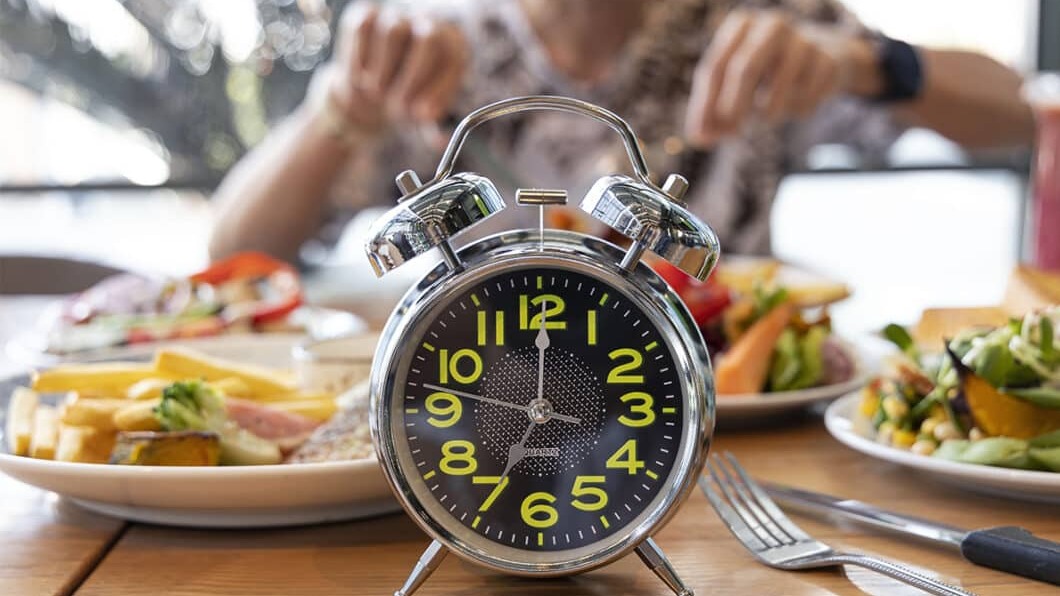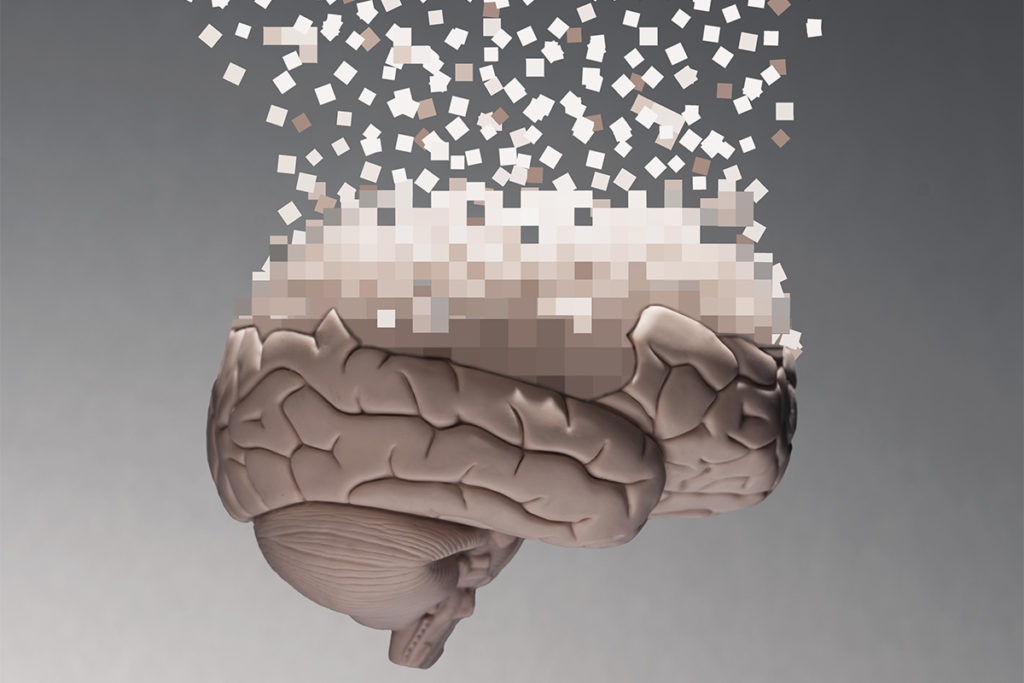Correcting Common Diet Blunders
With all the misinformation facing consumers today, fitness professionals need to be able to help clients separate truth from fiction.
Quick! Which of the following statements is true?
a. White spots on your fingernails indicate that you are not getting enough calcium in your diet.
b. If you have an upper-respiratory-tract infection, you should consume less milk in order to reduce mucus production.
c. Eating more than the daily recommended amount of protein will help build muscle mass.
d. None of the above.
Those of you who answered “d” get a gold star. But don’t feel bad if you failed this test. Fitness professionals, just like the clients they serve, encounter a plethora of information on diet and health—some true, most false.
Traveling on today’s sometimes bumpy information highway can be a daunting prospect for all concerned. Factor in the additional challenges faced by people on a diet, and you can see why so many clients fail to lose weight or to eat properly. Here are some common dieting myths that you can help debunk.
FACT: Nothing could be further from the truth, according to Ellie Krieger, MS, RD, a New York City–based dietitian and author of Small Changes, Big Results (Clarkson Potter 2005). “If you want to lose weight and keep it off, skipping meals is a big mistake,” she says. In fact, research shows that going without breakfast is associated with a higher risk of obesity, whereas people who eat four or more times a day experience a 45% lower risk of being obese (Ma et al. 2003). One reason could be that people tend to eat more calories later in the day if they skip their morning meal.
Those who do regularly eat breakfast tend to be thinner than those who don’t, and eating breakfast is one lifestyle habit that helps keep weight off, explains Krieger. Advise clients to take a moment to grab something healthy and quick for breakfast, such as a low-fat yogurt and a fruit smoothie or even some whole-grain cereal to munch on during the morning commute.
FACT: A diet rich in carbohydrates—particularly high-fiber items, such as fruits, vegetables and whole grains—is essential. Carbs are the body’s ideal fuel source, and getting adequate amounts ensures sufficient energy for daily physical activity, metabolic functions and repair. Those who eschew carbs while dieting need to resort to an alternate, less-efficient energy source.
“Eating a high-protein diet,” says Cynthia Sass, MPH, MA, RD, LD, author of Your Diet Is Driving Me Crazy (Marlowe & Co. 2004), “is not the way to go for sports and physical fitness.” The truth is that eating too much protein can hinder health and athletic performance. Limiting carbs often results in headaches, poor endurance, muscle tissue breakdown and dehydration, Sass explains. “It’s best to aim for 50%-60% of total calories from carbohydrates for optimal health,” she advises.
FACT: Fat is an essential nutrient for good health. Among other roles, it is employed by the body to maintain proper temperature, protect vital organs, constitute cell membranes and produce hormone-like effects. In addition, fat is a dense energy source that helps us feel satiated for longer periods of time (essential for dieters!). It is also vital for absorption of other essential nutrients.
That said, the type and amount of fat in one’s diet should be monitored. Unsaturated fatty acids, like those in a mostly plant-based diet, may offer cardiovascular protection and prevent chronic disease (Coulston 1999; Hu 2003; Williams 1997). However, research has also demonstrated the importance of limiting saturated fat and trans fat to reduce the risk of cardiovascular disease (Gifford 2002).
Varying overall food intake is the best way to get adequate amounts of the healthy fats. “I recommend using a dab of extra-virgin olive oil with bread, instead of butter or margarine,” says Rebecca Wright, MS, RD, LD, a clinical dietitian in Murray, Kentucky. Wright encourages her patients to limit the “bad” fats (meaning saturated and trans fats) and replace them with nuts, seeds and healthy oils, such as canola and olive. She also advises dieters to keep a watchful eye on the portion sizes of foods that contain fat, since fat is high in calories. Most nutrition experts recommend that the daily intake of fat should be around 30% of total calories (American Heart Association 2005).
FACT: Exercise—not protein—builds muscle. “Athletes and bodybuilders need adequate protein, but more than that isn’t useful,” notes Jenna Bell-Wilson, PhD, RD, LD, assistant professor in medical dietetics at Ohio State University. The truth is that most Americans already eat more than enough protein to synthesize and repair muscle tissue. Nutrition experts advise consumers to save their money and avoid expensive protein supplements and shakes.
FACT: “There is no magic hour at which everything suddenly turns to body fat,” advises Krieger. She tells her clients that nothing is wrong with having a light supper or snack at night as long as they don’t overindulge by eating more than their recommended daily calorie allowance.
The time of day doesn’t affect weight gain, but mindless eating can. Many people eat too much in the evenings during sedentary activities—for example, they often snack while watching television. Teach clients to pay attention to their bodies. They need to learn how to discern if they are eating in response to true hunger or for another reason, like boredom or loneliness.
“Going several hours without eating, say from 5:00 pm to 7:00 am the next morning, actually causes a loss of lean muscle tissue and a slowdown in metabolic rate,” says Sass.
Studies have shown that eating smaller, more frequent meals throughout the day can promote weight management (Ma 2003). On the other hand, going too long without eating may impede weight loss.
FACT: Wrong again, which brings us back to the point that energy is necessary to function. “An empty stomach is likely to cause you to fatigue more quickly when working out,” says Bell-Wilson. Becoming tired too soon can result in a suboptimal workout.
Sometimes, clients head straight for the gym before eating breakfast, but this strategy can compromise their ability to work out at their optimal performance level. A better plan is first to eat a quick breakfast meal or snack that contains both protein and carbohydrates, such as whole-grain cereal topped with low-fat milk.
FACT: Fat blockers are the latest in a long string of products of dubious distinction purported to aid weight reduction. These items—and their creators—thrive on the public’s need for quick and easy results, when in actuality there is no magic pill for losing weight. According to Tara Gidus, RD, a spokesperson for the American Dietetic Association (ADA), “There is no food or supplement that will block the absorption or caloric value of fat.”
Gidus says that certain prescription drugs, such as orlistat, do show promise for weight reduction, but no over-the-counter products currently have this ability. While we’re on the subject, no food can burn fat either—but exercise can!
FACT: Nutrition experts agree that there is no one-size-fits-all approach to weight loss. Studies have shown that individualized diet plans are much more effective in helping clients reach their goals. Registered dietitians know that it is essential to base each client’s plan on his or her individual needs and personality. “I tailor my recommendations according to a number of factors, such as medical history, prescription drugs and activity level,” says Wright. She assesses patients by first asking them several questions related to their health. Understanding more about her patients helps her provide them with suitable meal plans.
Fitness professionals need to become educated and discriminating consumers of nutrition information, whether that information comes from the Internet or word of mouth. Verifying facts in textbooks and research articles and consulting with other practitioners can help you stay current with the latest credible scientific findings. Another way to investigate nutrition and health claims is to check out reliable online resources, such as Quack Watch (www.quackwatch.com) or the U.S. government’s site (www.nutrition .gov). Question and evaluate everything you read or hear, and when in doubt, double-check with a reputable source—either a local dietitian or a nutrition agency, such as the ADA (www.eatright.org).
References
American Heart Association. 2005. Fat. www.american heart.org/presenter.jhtml?identifier=4582; retrieved January 9, 2005.
Coulston, A.M. 1999. The role of dietary fats in plant-based diets. American Journal of Clinical Nutrition, 70 (Suppl.), 512S–15S.
Gifford, K.D. 2002. Dietary fats, eating guides, and public policy: History, critique, and recommendations. American Journal of Medicine, 113 (9B), 89S–106S.
Hu, FB. 2003. Plant-based foods and prevention of cardiovascular disease: An overview. American Journal of Clinical Nutrition, 78 (Suppl.), 544S–51S.
Ma, Y., et al. 2003. Association between eating patterns and obesity in a free-living U.S. adult population. American Journal of Epidemiology, 158 (1), 85–92.
National Institute of Diabetes and Digestive and Kidney Diseases. 2005. Weight-loss and nutrition myths. http://win.niddk.nih.gov/publications/myths.htm; retrieved January 9, 2005.
U.S. Food and Drug Administration. 2005. The facts about weight loss products and programs. www.cfsan .fda.gov/~dms/wgtloss.html; retrieved January 9, 2005.
Williams, S.R. 1997. Lipids (ch. 4). In Nutrition and Diet Therapy. St. Louis: Mosby.




